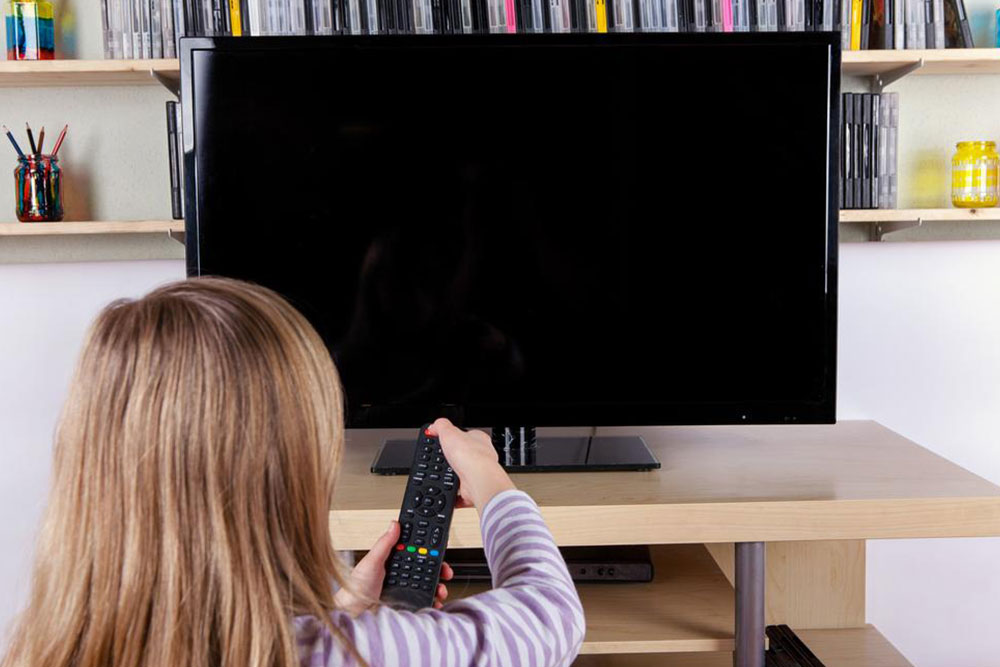Comprehensive Guide to Selecting the Perfect Laptop for Your Specific Needs
This comprehensive guide provides essential tips for choosing the ideal laptop tailored to your specific needs. It covers operating systems, device types, size options, and key features to help you make an informed decision. Whether for professional work, entertainment, or casual use, learn how to select a high-performance, budget-friendly device that aligns with your lifestyle and requirements.

Comprehensive Guide to Selecting the Perfect Laptop for Your Specific Needs
Choosing the right laptop is a crucial decision that impacts your productivity, entertainment experience, and overall digital lifestyle. Whether you're a student, professional, gamer, or casual user, understanding the key factors that differentiate one device from another can help you make an informed choice. With a vast array of models, specifications, and brands available in the market, selecting a laptop that meets your specific needs requires careful consideration of various elements including performance capabilities, usability features, battery longevity, display quality, and price range.
In today's digital age, despite the rapid rise of smartphones and tablets, laptops remain an essential tool for a wide range of activities—from complex work tasks to immersive entertainment. A well-selected laptop should provide reliable storage capacity, a powerful processor to handle multitasking, high-quality graphics for content creation or gaming, an extended battery life for on-the-go use, and a clear, high-resolution display that performs well across different lighting conditions. Finding a device that strikes the right balance between performance and affordability is the goal for most consumers.
Operating System Choices: Windows, macOS, or Chrome OS
The choice of operating system (OS) is fundamental, as it influences your user experience, compatibility, and device ecosystems. The three primary OS options available for laptops are Windows, macOS, and Chrome OS, each catering to different user needs and preferences.
Windows remains the most prevalent OS globally, offering expansive hardware compatibility, customization options, and a diverse range of devices to choose from. Windows laptops vary widely in price—from budget-friendly models priced as low as $150 to premium devices costing several thousand dollars. These machines often feature modern touchscreens, fingerprint scanners, and biometric security options. The latest version, Windows 10, introduces improved user interfaces along with intelligent features such as Cortana, Microsoft's digital assistant, striving to enhance productivity and ease of use.
Apple's MacBooks, powered by macOS, are renowned for their sleek design, superior build quality, and seamless integration within the Apple ecosystem. MacBooks come equipped with Siri, Apple's intelligent virtual assistant, capable of managing calls, unlocking the device via facial recognition, and facilitating other tasks. Although MacBooks tend to have a higher price point, they cater to creative professionals and users who prioritize build quality and ecosystem integration.
Chromebooks, which run on Chrome OS, emphasize simplicity, web-based functionality, and security. They are an excellent choice for students and casual users, providing an affordable alternative for browsing the internet, using cloud applications, and collaborating online. However, Chromebooks have limited offline capabilities and are not suitable for intensive software work or gaming purposes.
2-in-1 Laptops vs. Traditional Clamshell Designs
The evolution of laptops has led to the emergence of versatile 2-in-1 devices, which combine the functionalities of laptops and tablets. These hybrid devices offer flexible modes—either as a conventional laptop or a tablet—making them suitable for users needing versatility in their daily tasks. Types of 2-in-1 models include detachable screens, where the display can be completely removed from the keyboard, and foldable or bendable models, which can rotate 360 degrees to switch between laptop and tablet modes.
Traditional laptops, also known as clamshells, typically forgo these convertible features but often provide longer battery life, lower costs, and sometimes better performance due to simpler hardware configurations. For those who need a device that adapts to multiple scenarios—such as note-taking, creative design, or media consumption—bendable 2-in-1 laptops are often considered the best option, offering the perfect blend of power, portability, and multifunctionality.
Optimal Screen Size for Portability and Usability
Screen size plays a vital role in determining the overall portability, comfort, and usability of a laptop. The most common options include models in the 11-12 inch range, which are ultra-lightweight and highly portable, often weighing around 3 pounds, making them ideal for frequent travelers or those who prioritize mobility. However, these smaller screens can limit display real estate, making multitasking and detailed work more challenging.
Mid-sized laptops with 13- or 14-inch screens have gained popularity due to their well-balanced characteristics—offering a comfortable viewing experience while maintaining manageable weight (roughly 4 pounds). These sizes are often regarded as the optimal choice for a wide range of users, including students, professionals, and casual users, providing sufficient screen space without significantly compromising portability.
Large 15-inch laptops are favored by users requiring expansive displays for multimedia editing, gaming, or professional creative work. However, they tend to be heavier (between 4.5 to 6.5 pounds), reducing portability. For most everyday users who prioritize a good balance between display size and portability, the 13-14 inch category remains the sweet spot.
Key Additional Features for Enhanced Performance
Beyond the basic specifications, several features can significantly influence your purchasing decision. Processor power is crucial, particularly for multitasking, professional software, and demanding applications. Intel's Core i7 processors are recommended for intensive work or gaming, while i5 models are sufficient for general use and lighter tasks.
RAM capacity directly impacts multitasking ability. Standard configurations start at 8GB, but for smoother performance during complex workflows—such as video editing or running multiple applications simultaneously—16GB or more is advisable. Storage options also matter; Solid-State Drives (SSDs) have become the standard due to their faster data access speeds, which translate to quicker boot times and application loading.
The quality of the display is another key consideration. High-definition (HD) resolutions ensure clear, sharp images, which is essential for content creation and entertainment. For gaming or graphic-intensive tasks, a dedicated graphics card can enhance visual performance. Overall, choosing a laptop with these advanced features ensures a more satisfying and productive computing experience.





